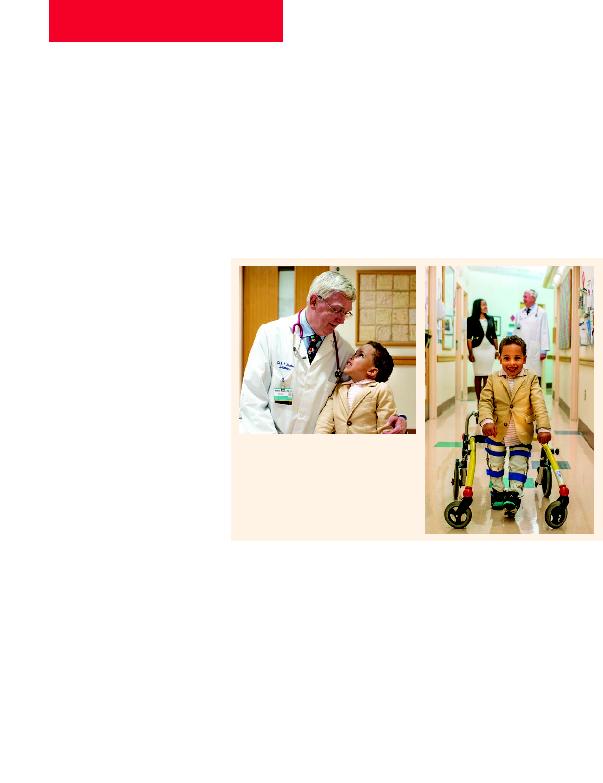
recognized as being among the best in the
Northeast in terms of immunization rates
and overall quality of care. Subsequently,
and then to Hampton, Virginia, where he
assisted the U.S. Air Force Exceptional
Family Member Program with the care of
needs. He completed his 20-year uni-
formed service career as chief of health
demy in New London, Connecticut. At
the same time, he served as a consultant to
care for children and to support families
Member Program at what was then
Naval Hospital Groton, in Connecticut.
necticut. His thesis, based on research
Kaplan, MD, at Newington Children's
Hospital, addressed the care of children
with special needs in the pediatric pri-
mary care setting.
School and the pediatric staff of
Memorial Hospital of Rhode Island in
Pawtucket, to develop the Pediatric
Primary Care Center; later he added the
Primary Care Center for Children with
Special Needs, using a primary care
medical home model. The special-needs
program grew to care for more than
250 children with a wide range of phys-
ical and developmental disorders and
disabilities.
Providence, to develop a primary care
program similar to the one he had creat-
staff in Women and Infants Hospital's
neonatal follow-up program for prema-
turely born infants and those with genet-
ic disorders, birth defects, and develop-
mental risk or disability. Over time, the
Hasbro program grew from 40 patients
to 400. This program also was based on
a medical home approach, providing care
cluding their healthy siblings. It offered
well.
program for infants and children with
complex medical conditions and those
who were dependent on medical technol-
ogy. Both of these programs grew in
numbers of patients served and their
quality of care, and they received recog-
nition from the Rhode Island Chapter of
port organizations. The Spina Crew, the
support group for patients with spina
bifida and their families, was created to
focus on general issues of wellness and
health, the introduction of early mobility
and recreational activities. These non-
prove overall health and social and per-
overall personal development, and pro-
vide mutual support by other families fac-
ing similar challenges related to spina
bifida and physical disability.
league Angela Anderson, MD, director of
pediatric pain and palliative care, Hasbro
Children's Hospital, and associate profes-
sor of pediatrics and emergency medi-
A Special Love for Children with Special Needs
SCOTT